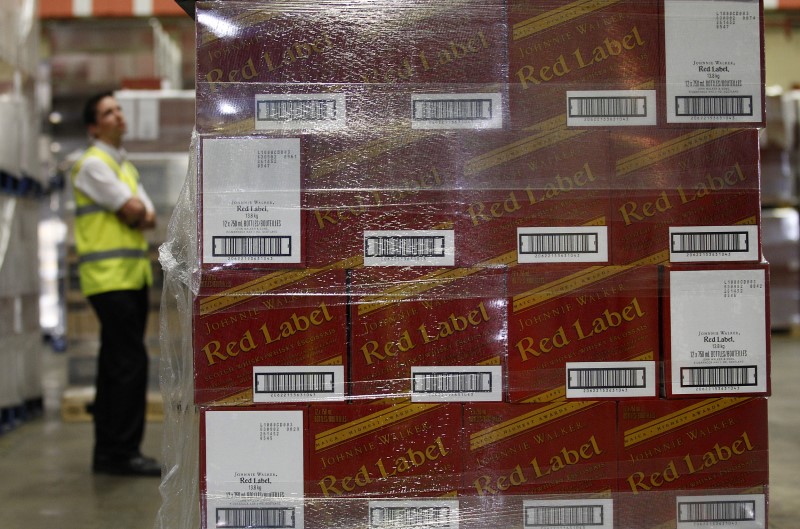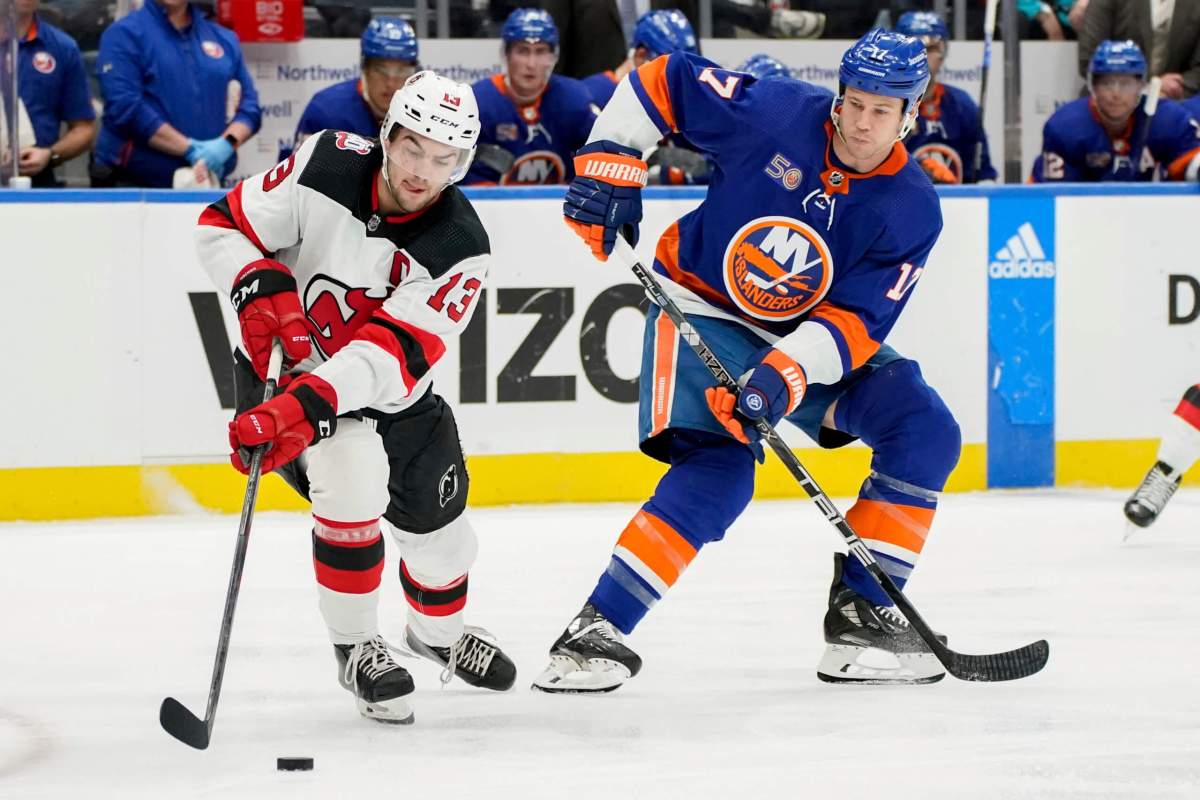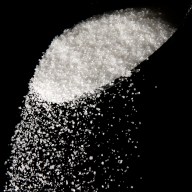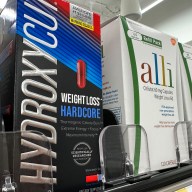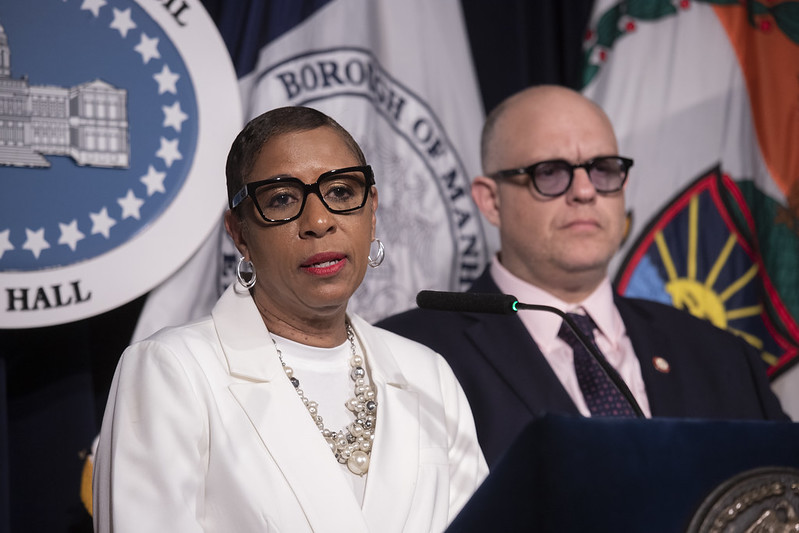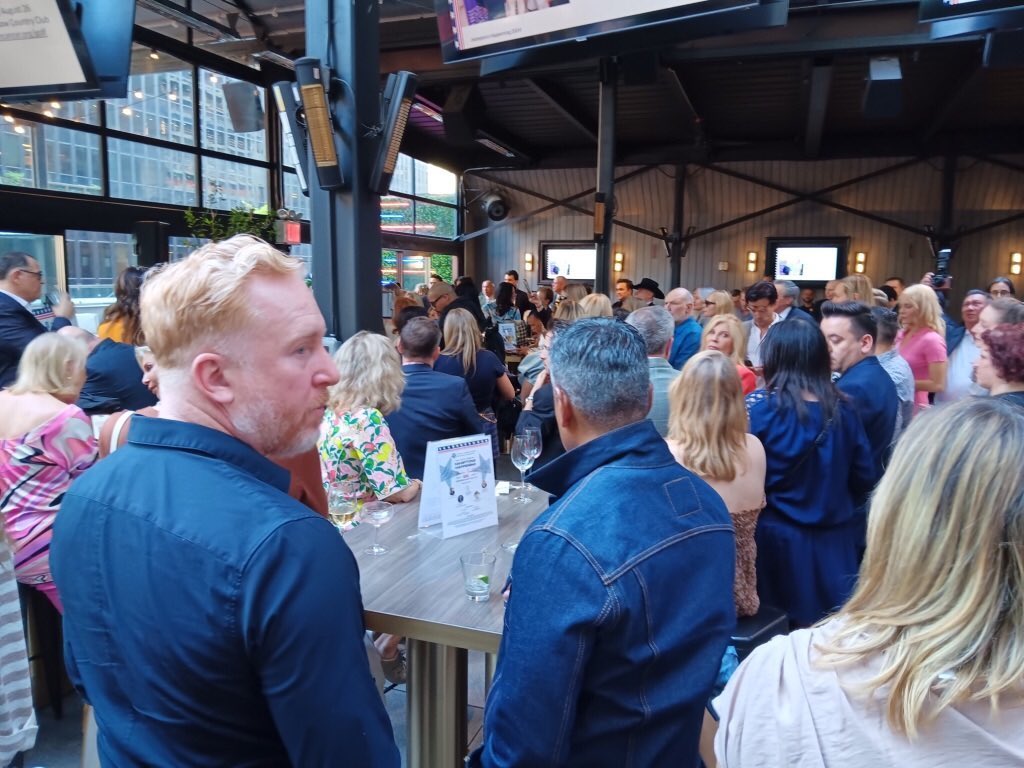By Martinne Geller
LONDON (Reuters) – Diageo, the world’s largest spirits maker, spotted in 2015 that drinkers in the emerging middle class in Ghana and Cameroon were keen to show off their new status by buying their own bottles of Johnnie Walker rather than shots.
The company increased production of smaller bottles, helping to lift Johnnie Walker sales 12 percent in Africa in the first half of its 2017 fiscal year and contributing to Diageo’s first sales growth in Scotch in over three years.
Diageo and spirits peers including Pernod Ricard and Brown-Forman were hurt by a slowdown starting in 2013 in emerging markets where they had found much of their growth. The world leader particularly suffered, as its wholesalers had large stocks to run down.
Chief Executive Ivan Menezes called 2016 a “transition year” to get back on track following changes to make Diageo more responsive, including removing management layers and giving more power to local managers, such as the ones in Africa who noticed the demand for smaller bottles.
“What’s happened is that global and local got a lot closer,” said Stephen White, Diageo’s general manager for African innovation.
“It’s definitely sped things up and it’s a better set-up certainly for a market like Africa where you need a more entrepreneurial space to be able to operate.”
Diageo’s half-year results in January were the strongest of Menezes’ three-year tenure, and signaled to investors that his turnaround plan was working.
He has put a much keener focus in the business on Scotch which is made in Scotland and accounts for more than a quarter of Diageo’s sales, a third of its profits and derives the majority of its sales in emerging markets.
Aside from expanding the reach and improving the marketing of premium, global brands like Johnnie Walker, the strategy for emerging markets includes offering more lower-priced whisky brands, including VAT 69, White Horse and Black & White.
Black & White recently became the top-selling Scotch in recession-hit Brazil, Diageo said, following sales growth of 58 percent there in the most recent period.
WEAK SPOTS
Still, Liberum analyst Alicia Forry downgraded the shares to “sell” in January, noting that the improvement was already priced in. While she acknowledged the better performance, particularly in Johnnie Walker, she said people “should not get carried away” since other Diageo brands were struggling.
The vodka brand Smirnoff fell 2 percent, hurt by ongoing discounting. A spokeswoman for Diageo acknowledged that it was a tough category and said: “There is more work to do in recruiting and re-recruiting multi-cultural consumers as well as Gen X and baby boomers”.
Beer, which represents 16 percent of Diageo’s sales, was also lackluster with flat sales. Guinness, its main beer brand, has faced increased competition, from craft beers in North America and Europe, and cheaper brews like Anheuser-Busch InBev’s Hero and its own local brand Satsenbrau, in the important market of Nigeria.
Following the 2015 divestiture of Diageo’s wine business, analysts have speculated that Diageo could sell the beer division to focus exclusively on spirits. Diageo has repeatedly said beer is key to its strategy in Africa, as it provides a distribution platform for spirits.
Another weak spot for Diageo, analysts say, is its relatively small position in bourbon whiskey, a growing market due to a resurgence of classic cocktails in the United States where bourbon is made.
Diageo’s Bulleit bourbon grew net sales 29 percent in the first half, but its overall position remains small versus rivals Beam Suntory [BSI.UL] and Brown-Forman. However, its Canadian Crown Royal whiskey brand has gained market share and gives it a large foothold in the wider category of North American whiskey which includes bourbon.
SALES CHANGE
As part of its efforts to react more quickly to trends, Diageo said in late 2013 it would change its sales focus, to monitor not only what it sells to wholesalers, but also what they sell to retailers. This is seen as a better measure of what people are drinking and is meant to make sales more consistent.
That change hit Diageo’s sales in 2014 and 2015 as wholesale customers worked through stocks, but Janus Capital analyst Greg Kuczynski said it should make for a smoother business and a higher stock price.
“There’s a lot of investment shops that probably turned away from a company like Diageo because they just don’t want to have exposure to the stocking and destocking cycles which can be so painful,” said Kuczynski, whose firm is a top 60 Diageo shareholder, according to Reuters data.
The measure also gives real-time data that can speed up forecasting, decision-making and innovation. Johnnie Walker used such sales data from the September launch of its first limited-edition experiment, Red Rye Finish, to better allocate stock for its second one.
It has helped cut the time it takes to get new products to market down to an average of 34 weeks. Johnnie Walker Green Label, largely discontinued in 2012, was brought back in 2016 in only 9 weeks, it said.
Diageo also says the business has benefited from increased investment made possible by a “zero-based budgeting” system to help it save 500 million pounds over three years.
The company may also be on the cusp of more changes, given the arrival in January of a new chairman, Javier Ferran, a drinks industry and private equity veteran.
“Companies do not change overnight, however we think Diageo could start to look different,” said Jefferies analyst Edward Mundy. He mentioned more cost cutting and the possible sale of the beer business if needed to fund a buyout of Moet Hennessy, of which Diageo owns a stake.
(Editing by Anna Willard)

